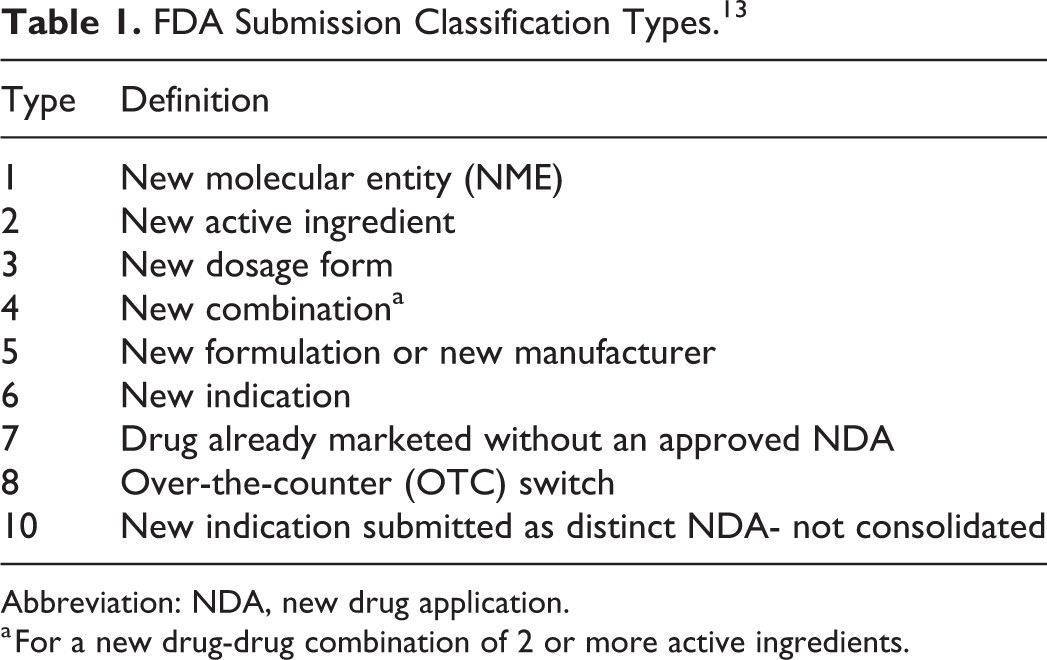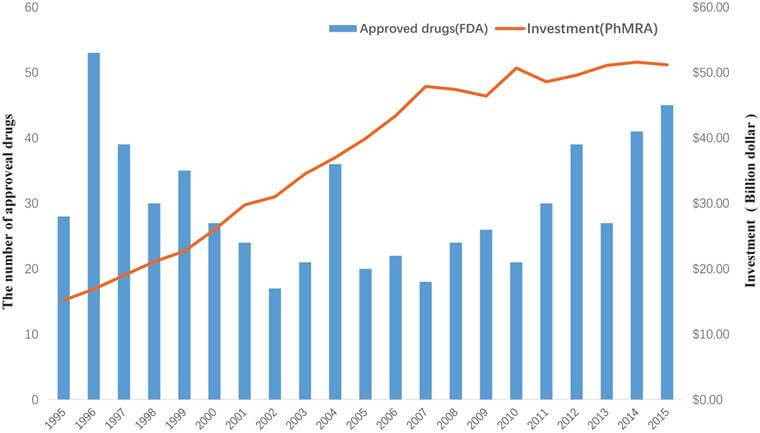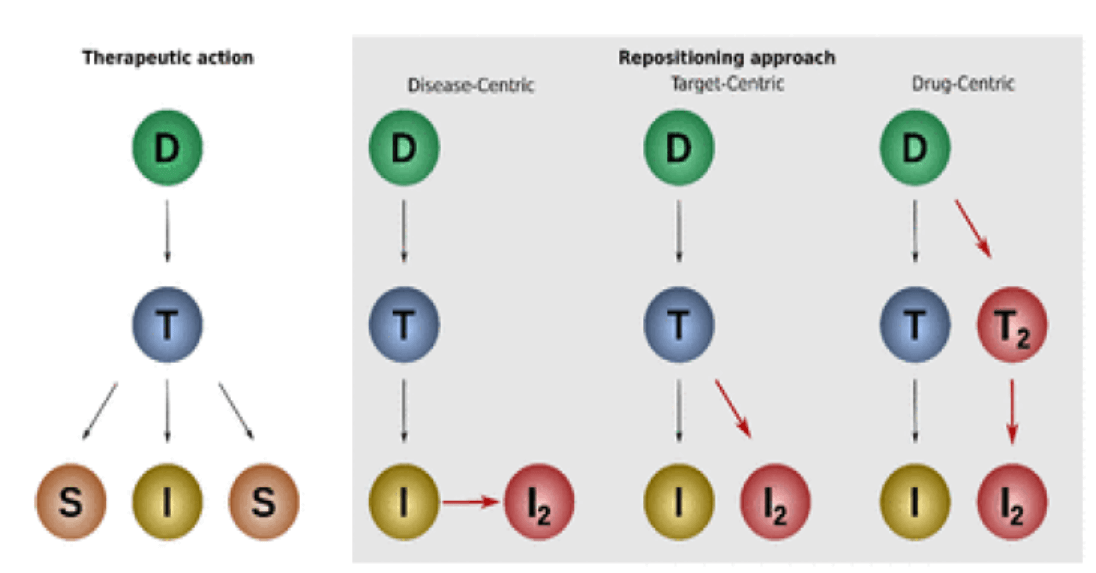Unapproved drugs present a unique opportunity for companies seeking rapid approval and market exclusivity. This article delves into the intricacies of unapproved drugs, exploring the potential benefits, challenges, and strategies for success in this niche market.
Understanding Unapproved Drugs
Unapproved drugs, also known as “grandfathered” drugs, are medications that have been on the market for years without formal FDA approval. These drugs often predate modern regulatory requirements and have continued to be sold based on their historical use. While they may lack official approval, many of these drugs have established safety and efficacy profiles through years of real-world use.
The Historical Context
The landscape of pharmaceutical regulation has undergone significant changes over the decades. Prior to 1962, drugs could be marketed without formal FDA approval if they were generally recognized as safe. The 1962 amendments to the Federal Food, Drug, and Cosmetic Act introduced the requirement for manufacturers to demonstrate both safety and efficacy before marketing a new drug.
Current Status of Unapproved Drugs
Despite regulatory changes, thousands of unapproved drugs remain on the market today. The FDA estimates that approximately 2% of all prescription drugs in the United States are unapproved. These drugs span various therapeutic areas, including cough and cold remedies, analgesics, and gastrointestinal treatments.
The Opportunity Landscape
The existence of unapproved drugs presents a unique opportunity for pharmaceutical companies. By pursuing formal approval for these medications, companies can potentially secure market exclusivity and establish a strong position in niche markets.
Market Exclusivity Benefits
Obtaining FDA approval for an unapproved drug can lead to significant market advantages. Companies that successfully navigate the approval process may be granted periods of exclusivity, during which competitors are prevented from marketing similar products. This exclusivity can range from three to seven years, depending on the specific circumstances and regulatory pathway used.
Potential for Rapid Approval
One of the most attractive aspects of pursuing approval for unapproved drugs is the potential for an expedited review process. Since these medications often have extensive real-world use data, the FDA may be able to evaluate their safety and efficacy more quickly than entirely new drug candidates.
Navigating the Regulatory Landscape
While the opportunity is significant, pursuing approval for unapproved drugs is not without its challenges. Companies must navigate a complex regulatory landscape and meet stringent requirements to achieve FDA approval.
The FDA’s Unapproved Drugs Initiative
In 2006, the FDA launched the Unapproved Drugs Initiative, aimed at bringing unapproved drugs into the formal regulatory framework. This initiative encourages manufacturers to submit New Drug Applications (NDAs) for unapproved products, with the goal of ensuring all marketed drugs meet modern safety and efficacy standards.
Regulatory Pathways
There are several potential regulatory pathways for seeking approval of unapproved drugs:
- 505(b)(2) New Drug Application: This pathway allows companies to rely partly on existing data, potentially streamlining the approval process.
- Abbreviated New Drug Application (ANDA): For generic versions of approved drugs, the ANDA pathway offers a potentially faster route to market.
- Over-the-Counter (OTC) Monograph: Some unapproved drugs may be eligible for inclusion in OTC monographs, which provide a framework for marketing without individual product approvals.
Challenges and Considerations
While the opportunities are significant, companies pursuing approval for unapproved drugs face several challenges:
Data Requirements
Despite their long history of use, unapproved drugs often lack the comprehensive clinical trial data required for modern drug approvals. Companies may need to conduct additional studies to meet FDA standards.
Manufacturing Standards
Unapproved drugs may have been produced under less stringent manufacturing conditions. Bringing production processes up to current Good Manufacturing Practice (cGMP) standards can be costly and time-consuming.
Market Dynamics
Obtaining approval for an unapproved drug can significantly alter market dynamics. While it may grant exclusivity, it can also lead to price increases, potentially affecting patient access and public perception.
Strategies for Success
To maximize the opportunities presented by unapproved drugs, companies should consider the following strategies:
Comprehensive Market Analysis
Before pursuing approval, conduct a thorough analysis of the market potential, including current usage patterns, competitive landscape, and potential for market expansion.
Engage with Regulatory Authorities
Early and frequent communication with the FDA can help clarify requirements and potentially streamline the approval process. Utilize pre-IND meetings and other consultation opportunities to align your development strategy with regulatory expectations.
Leverage Existing Data
While additional studies may be necessary, make the most of existing real-world data and historical information to support your application. This can include literature reviews, post-marketing surveillance data, and patient registries.
Invest in Manufacturing Upgrades
Proactively address potential manufacturing issues by investing in cGMP-compliant facilities and processes. This can help avoid delays in the approval process and ensure a smooth transition to commercial production.
Develop a Robust Clinical Program
Design a clinical development program that addresses any gaps in existing data while leveraging historical information. Consider innovative trial designs that can efficiently generate the necessary evidence for approval.
Case Studies: Success Stories
Several companies have successfully navigated the approval process for unapproved drugs, securing market exclusivity and establishing strong positions in niche markets.
Colchicine: A Textbook Example
One of the most notable success stories is the approval of colchicine for the treatment of gout. Previously available as an unapproved drug, colchicine received FDA approval in 2009 under the brand name Colcrys. The approval granted the manufacturer three years of market exclusivity, during which time the price of the drug increased significantly.
“The approval of Colcrys demonstrates the FDA’s commitment to improving the quality and safety of unapproved drugs that have been marketed for many years.” – Janet Woodcock, M.D., director of the FDA’s Center for Drug Evaluation and Research
Makena: Addressing Preterm Birth
Another success story is Makena (hydroxyprogesterone caproate injection), approved in 2011 for the prevention of preterm birth in certain high-risk pregnancies. Previously available as an unapproved compounded medication, the FDA approval granted seven years of orphan drug exclusivity.
The Impact on Healthcare
The pursuit of approval for unapproved drugs has far-reaching implications for the healthcare system:
Improved Safety and Efficacy Data
FDA approval processes ensure that drugs meet modern standards for safety and efficacy, potentially improving patient outcomes and reducing adverse events.
Standardized Manufacturing and Quality Control
Bringing unapproved drugs into the formal regulatory framework ensures consistent manufacturing processes and quality control measures, enhancing product reliability.
Potential for Innovation
The process of seeking approval for unapproved drugs can spur innovation, as companies invest in research to better understand and potentially improve these long-used medications.
Healthcare Cost Considerations
While approval can lead to price increases, it may also result in improved insurance coverage and potentially reduce long-term healthcare costs through better disease management.
Future Outlook
The landscape of unapproved drugs continues to evolve, with several trends shaping the future of this market:
Increased Regulatory Scrutiny
The FDA is likely to continue its efforts to bring unapproved drugs into the regulatory fold, potentially increasing enforcement actions against manufacturers of non-compliant products.
Technological Advancements
Emerging technologies, such as artificial intelligence and big data analytics, may facilitate the analysis of real-world data, potentially streamlining the approval process for unapproved drugs.
Global Harmonization
As regulatory agencies worldwide seek to harmonize their approaches, the pathway for approval of unapproved drugs may become more standardized across different markets.
Focus on Rare Diseases
Unapproved drugs used in rare diseases may receive increased attention, as companies seek to leverage orphan drug designations and associated incentives.
Ethical Considerations
The pursuit of approval for unapproved drugs raises several ethical considerations that stakeholders must carefully navigate:
Patient Access and Affordability
While approval can lead to improved safety and efficacy data, it may also result in price increases that could limit patient access. Balancing the need for regulatory compliance with affordability is a critical ethical challenge.
Transparency in Clinical Data
As companies pursue approval for long-used medications, there’s an ethical imperative to be transparent about both historical data and new clinical findings, ensuring that healthcare providers and patients have a complete understanding of the drug’s profile.
Equitable Distribution of Benefits
The potential for market exclusivity raises questions about the fair distribution of benefits derived from drugs that have been in use for decades. Stakeholders must consider how to balance incentives for companies with broader public health interests.
The Role of Healthcare Providers
Healthcare providers play a crucial role in the landscape of unapproved drugs:
Education and Awareness
Physicians and pharmacists need to stay informed about the regulatory status of the drugs they prescribe and dispense, understanding the implications of using unapproved medications.
Pharmacovigilance
Healthcare providers are essential in ongoing safety monitoring, reporting adverse events and contributing to the post-marketing surveillance of newly approved drugs.
Patient Communication
Providers must effectively communicate with patients about the use of unapproved drugs, discussing potential risks, benefits, and alternatives.
Partnering for Success
Navigating the complex landscape of unapproved drug approval often requires collaboration:
Academic Partnerships
Pharmaceutical companies can benefit from partnerships with academic institutions, leveraging their research capabilities and expertise in specific therapeutic areas.
Contract Research Organizations (CROs)
CROs can provide valuable support in designing and conducting clinical trials, particularly for companies with limited internal resources.
Regulatory Consultants
Expert regulatory consultants can help companies navigate the complex approval process, providing insights into FDA expectations and best practices.
Financial Considerations
Pursuing approval for unapproved drugs involves significant financial considerations:
Investment Requirements
Companies must be prepared to invest substantial resources in clinical development, regulatory submissions, and potential manufacturing upgrades.
Pricing Strategies
Developing a pricing strategy that balances the need to recoup investment with market access considerations is crucial for long-term success.
Potential Returns
While the initial investment can be substantial, the potential for market exclusivity and premium pricing can lead to significant returns for successful products.
Key Takeaways
- Unapproved drugs present a unique opportunity for pharmaceutical companies to secure market exclusivity and establish strong positions in niche markets.
- The FDA’s Unapproved Drugs Initiative encourages manufacturers to seek formal approval, potentially leading to expedited review processes.
- Successful navigation of the regulatory landscape requires a comprehensive strategy, including market analysis, engagement with regulatory authorities, and investment in clinical development and manufacturing upgrades.
- While challenges exist, including data requirements and potential market dynamics shifts, several companies have successfully obtained approval for unapproved drugs, demonstrating the viability of this approach.
- The pursuit of approval for unapproved drugs has far-reaching implications for healthcare, potentially improving safety, efficacy, and quality control while also raising considerations about cost and access.
- Ethical considerations, including patient access and transparency, must be carefully balanced with the potential benefits of bringing unapproved drugs into the regulatory framework.
- Collaboration with academic institutions, CROs, and regulatory consultants can be crucial for success in this complex landscape.
FAQs
- Q: What exactly is an unapproved drug?
A: An unapproved drug is a medication that has been marketed without formal FDA approval, often predating modern regulatory requirements. These drugs have typically been in use for many years based on historical acceptance of their safety and efficacy. - Q: How long can market exclusivity last for a newly approved unapproved drug?
A: Market exclusivity periods can vary depending on the specific regulatory pathway and circumstances. Generally, exclusivity can range from three to seven years, with some orphan drugs eligible for up to seven years of exclusivity. - Q: Are unapproved drugs unsafe?
A: Not necessarily. Many unapproved drugs have been used for decades and have established safety profiles. However, seeking formal FDA approval ensures that these drugs meet modern standards for safety, efficacy, and manufacturing quality. - Q: What are the main challenges in seeking approval for an unapproved drug?
A: Key challenges include gathering comprehensive clinical data, upgrading manufacturing processes to meet current standards, navigating complex regulatory pathways, and managing potential shifts in market dynamics following approval. - Q: How might the approval of an unapproved drug affect its price?
A: The approval process often involves significant investment in research, development, and regulatory compliance. As a result, prices for newly approved drugs may increase to recoup these costs and reflect the drug’s new status as an FDA-approved medication with potential market exclusivity.
References:
- https://www.fda.gov/drugs/enforcement-activities-fda/unapproved-drugs
- https://www.fda.gov/about-fda/fda-history-exhibits/1962-drug-amendments
- https://www.fda.gov/drugs/guidance-compliance-regulatory-information/unapproved-drugs
- https://www.fda.gov/drugs/development-approval-process-drugs/frequently-asked-questions-patents-and-exclusivity
























